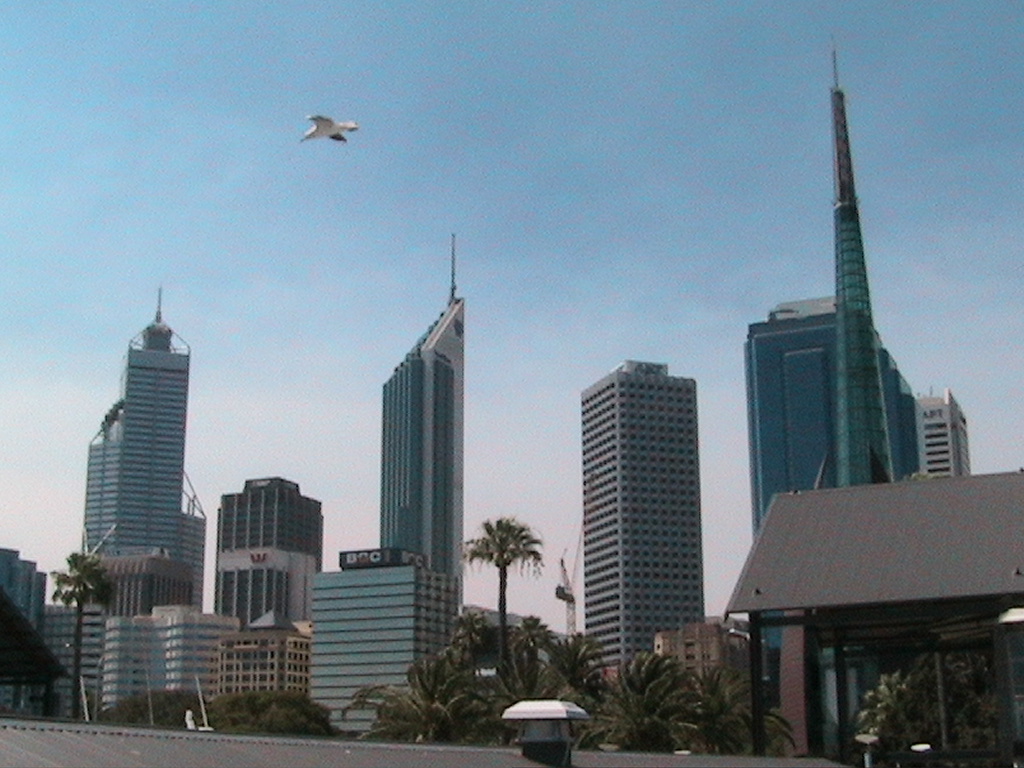Smart glasses have gained attention for their potential to assist individuals with disabilities. These devices typically incorporate features like augmented reality, voice recognition, and connectivity to smartphones, all of which can enhance the user’s experience.
For instance, smart glasses can provide real-time information about the environment, such as reading text aloud or recognizing faces. This is particularly beneficial for individuals with visual impairments. Additionally, features like gesture recognition can help those with limited mobility to interact with technology and access information more easily.
In the context of artificial intelligence (AI) in the disability sector, advancements have led to the development of applications that enhance communication for individuals with speech impairments, as well as tools that analyze user behavior to create personalized experiences. AI-driven technologies can adapt to the needs of users, making everyday tasks more manageable and improving overall quality of life.
The integration of AI in smart glasses could further expand possibilities, such as real-time translation of speech into text for hearing-impaired individuals or providing navigation assistance for those with cognitive disabilities. As both smart glasses and AI technologies continue to evolve, their role in empowering individuals with disabilities is likely to grow, offering new avenues for independence and accessibility.



